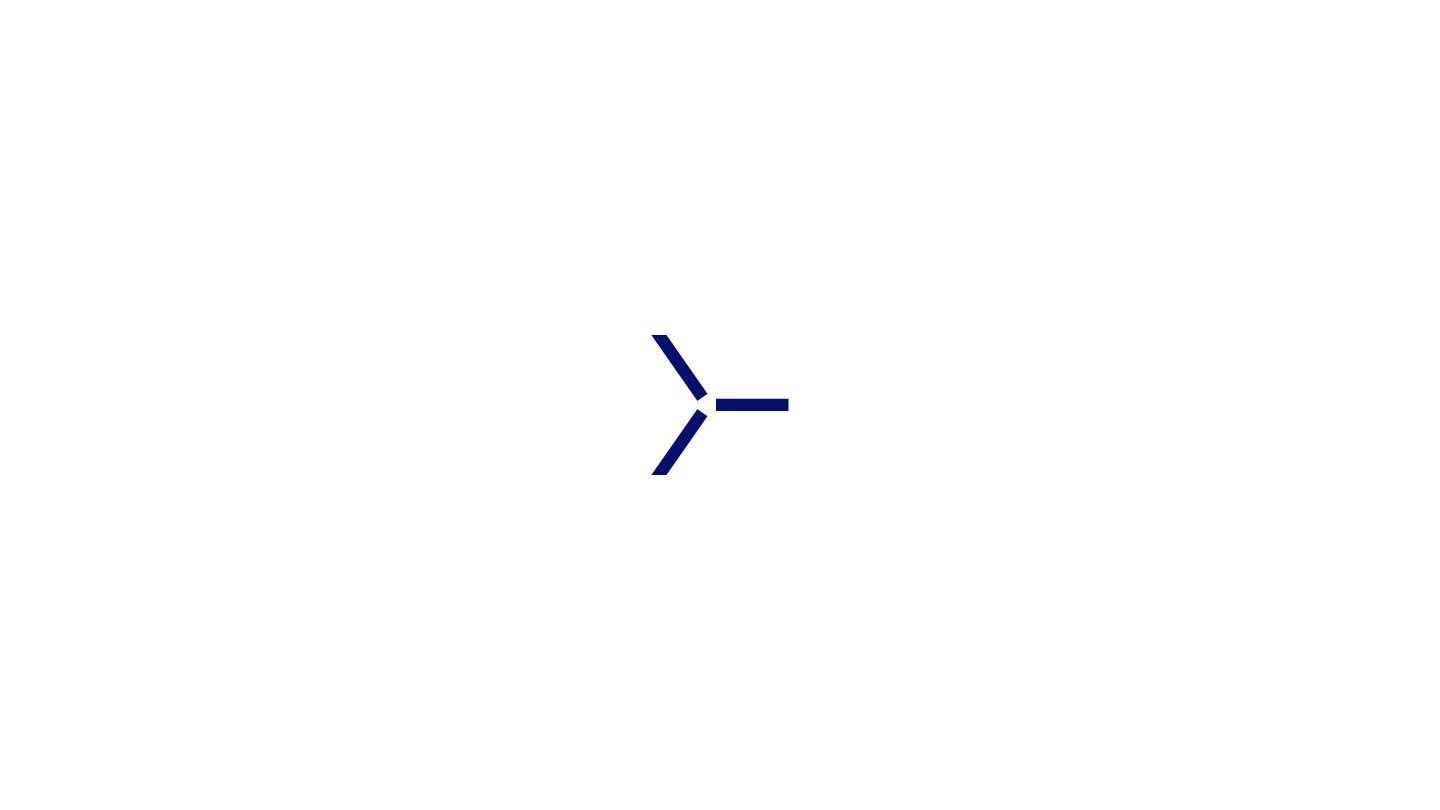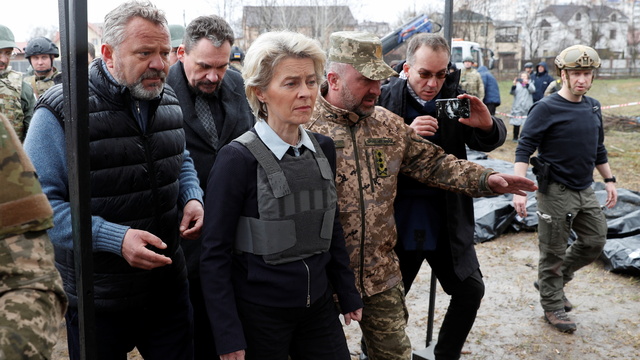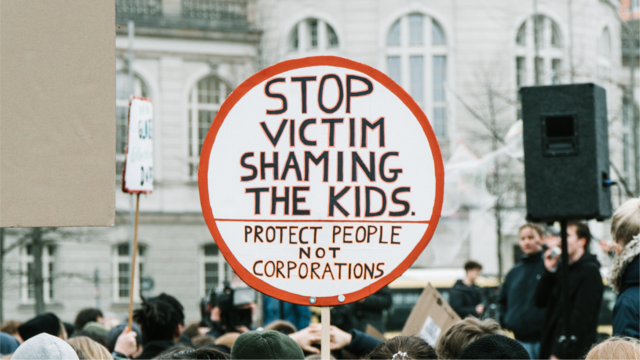Equivalent Protection

Veronika Bílková has published an article in the Max Planck Encyclopedia of International Procedural Law covering Equivalent Protection.
The doctrine of equivalent protection, inspired by the Solange decisions of the GFCC, was introduced to the case-law of the ECommHR in the early 1990s and then taken over by the ECtHR at the end of the same decade. Since the landmark Bosphorus Case (2005), in which the Court gave the first more detailed account of its content and scope of application, the doctrine has been invoked in more than thirty cases. Most of these cases relate to the national measures adopted in the implementation of the EU law, though occasionally, the Strasbourg organs have applied the doctrine with respect to other organizations as well (EPO, NATO), especially in cases related to international civil service. It had, on the contrary, shown reluctance to use the doctrine in cases concerning the UN, and in cases involving the grant of immunity in national courts to international organizations. In these cases, the Court has preferred alternative instruments of conflict resolution or conflict avoidance (Al-Jedda presumption, Stichting Mothers of Srebrenica presumption, the test of reasonable alternative means of protection). The uncertainty surrounding some of the main elements of the doctrine, including the concepts of equivalent protection and of manifest deficiency, as well as the risk of creating double standards of human rights protection, have given rise to criticism of the doctrine. This criticism, together with the planned accession of the EU to the ECHR and the limited use of the doctrine outside the EU-ECHR context, cast doubts on the prospects of the doctrine.








